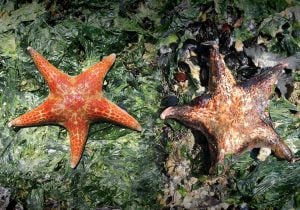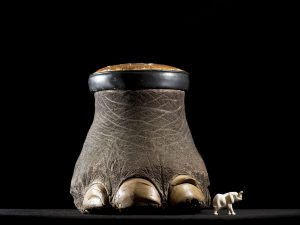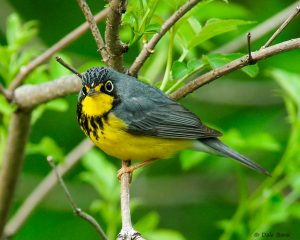Fortunately or not, the insect world has its own pandas, and these have our attention. Accelerating declines in wild pollinators, such as butterflies and bumblebees, and annual local losses of up to 80 per cent of hives of the yeoman European honeybee (employed in agriculture around the globe), have been news for a decade.
With pollinators required for reproduction in almost 90 per cent of flowering plants and three-quarters of crop species, worldwide declines raise the spectre of global food shortages. Beyond those concerns, fruits and seeds derived from insect pollination are major parts of the diets for a quarter of all birds and mammals.
But while pollinators’ important ecological roles were once familiar to most, times have changed: a recent study by Disney’s The Hive (a British animated children’s television series) and the charity Adopt-a-Hive found one in five British children under age 10 had never seen a bee in the wild; worse, half of their parents didn’t know that bees help pollinate crops. No surprise then that bee declines have sparked an industry of public-awareness initiatives and global citizen-science partnerships such as Bumble Bee Watch. Goulson himself founded the Bumblebee Conservation Trust in 2006, a charity devoted to reversing bumblebee declines.
“People can tell a robin from a chickadee and numerous other birds, but when it comes to bees, they might only recognize the [European] honeybee and none of the 20,000 other species globally,” says Elizabeth Elle, chair of the department of biological Sciences at Simon Fraser University in Vancouver.
Elle’s research on wild pollinators encompasses their roles in threatened natural ecosystems of British Columbia, as well as agricultural areas of the Lower Mainland. An important finding has been that farming benefits when there are natural landscapes nearby because wild pollinators visit as well. This, however, also makes the pollinators more vulnerable to the negative effects of certain agricultural practices. Bees supply their nests with pollen, so they visit flowers more often than most of the wasps, beetles, flies, hummingbirds and untold other species that do so simply for food. As a result, bees are increasingly susceptible to the cumulative effects of anything nasty that might be in that pollen.
“Our problems with honeybees have to do with how we raise and move them around, the pesticides we use, the diseases they carry and what happens when we try to treat those,” notes Elle. “And yet wild pollinators are also in decline for reasons that are far less clear — though possibly related.” About 20 years ago, the western bumblebee was considered the second most common bee in Lower Mainland blueberry fields. Ten years later it was uncommon. “In the five years I’ve been studying those areas,” says Elle, “we didn’t see it for the first four, then this year saw one bee.”









